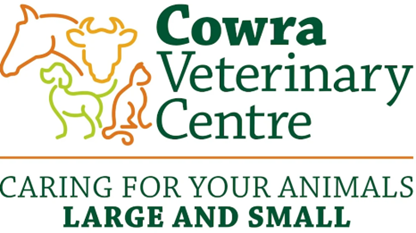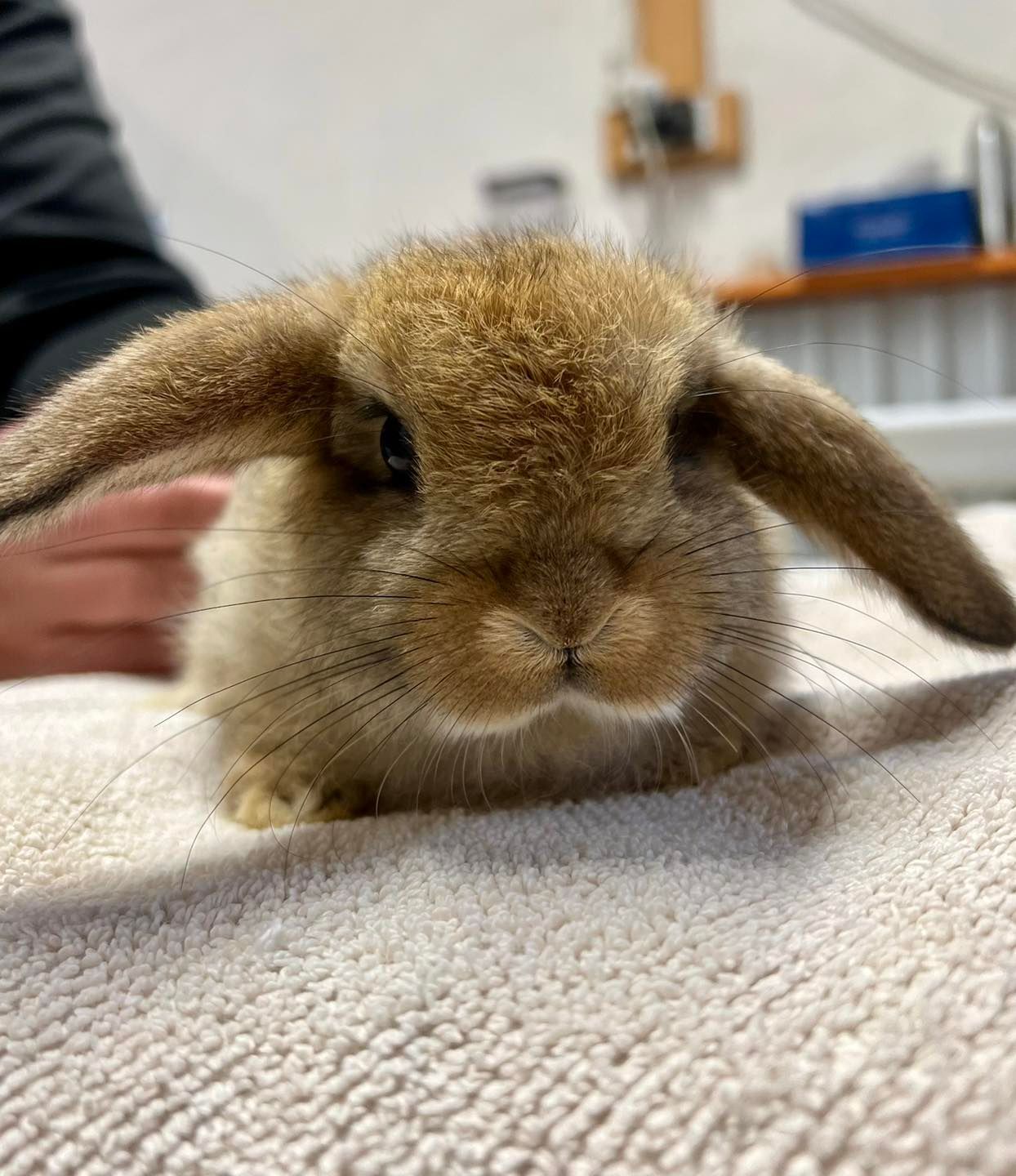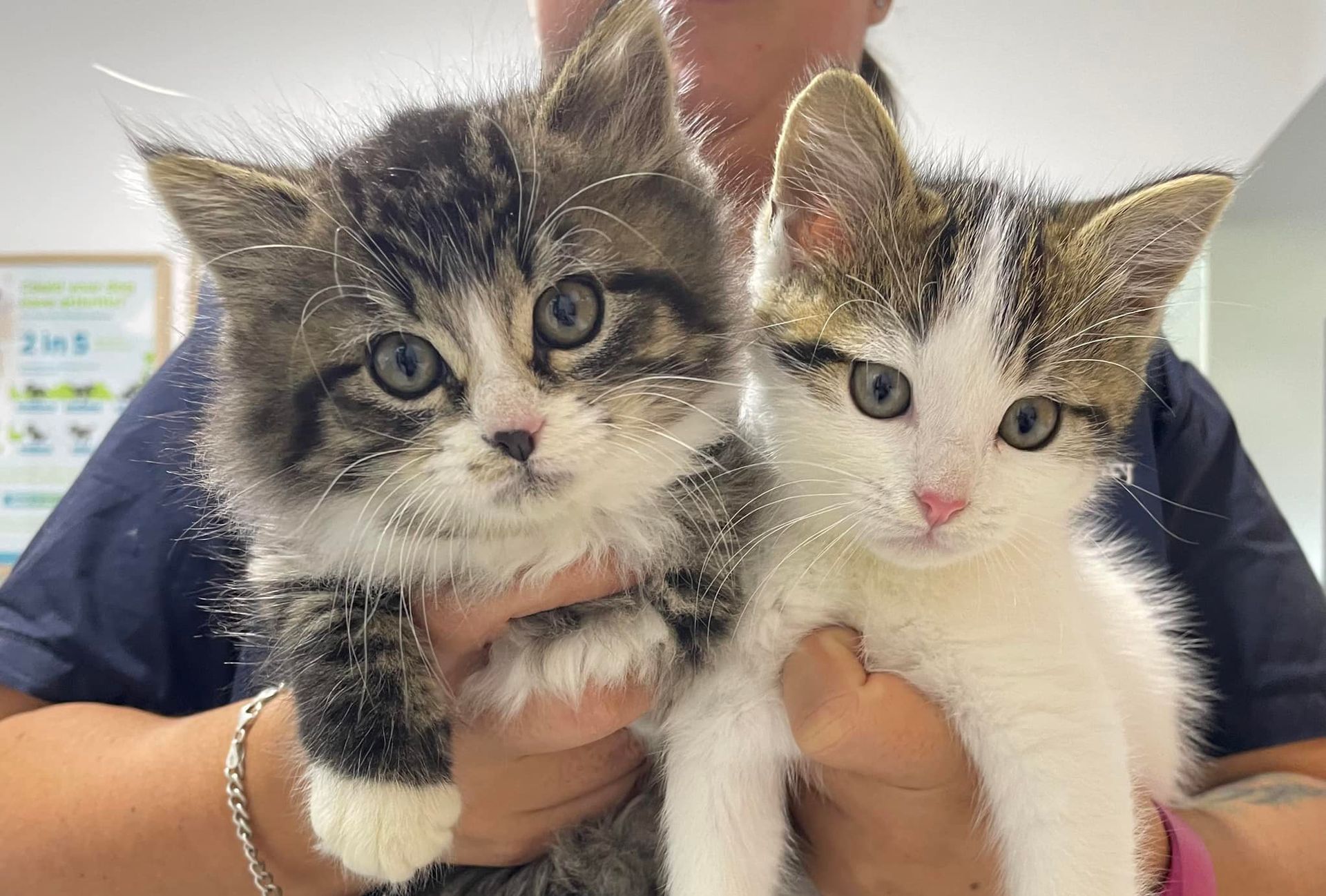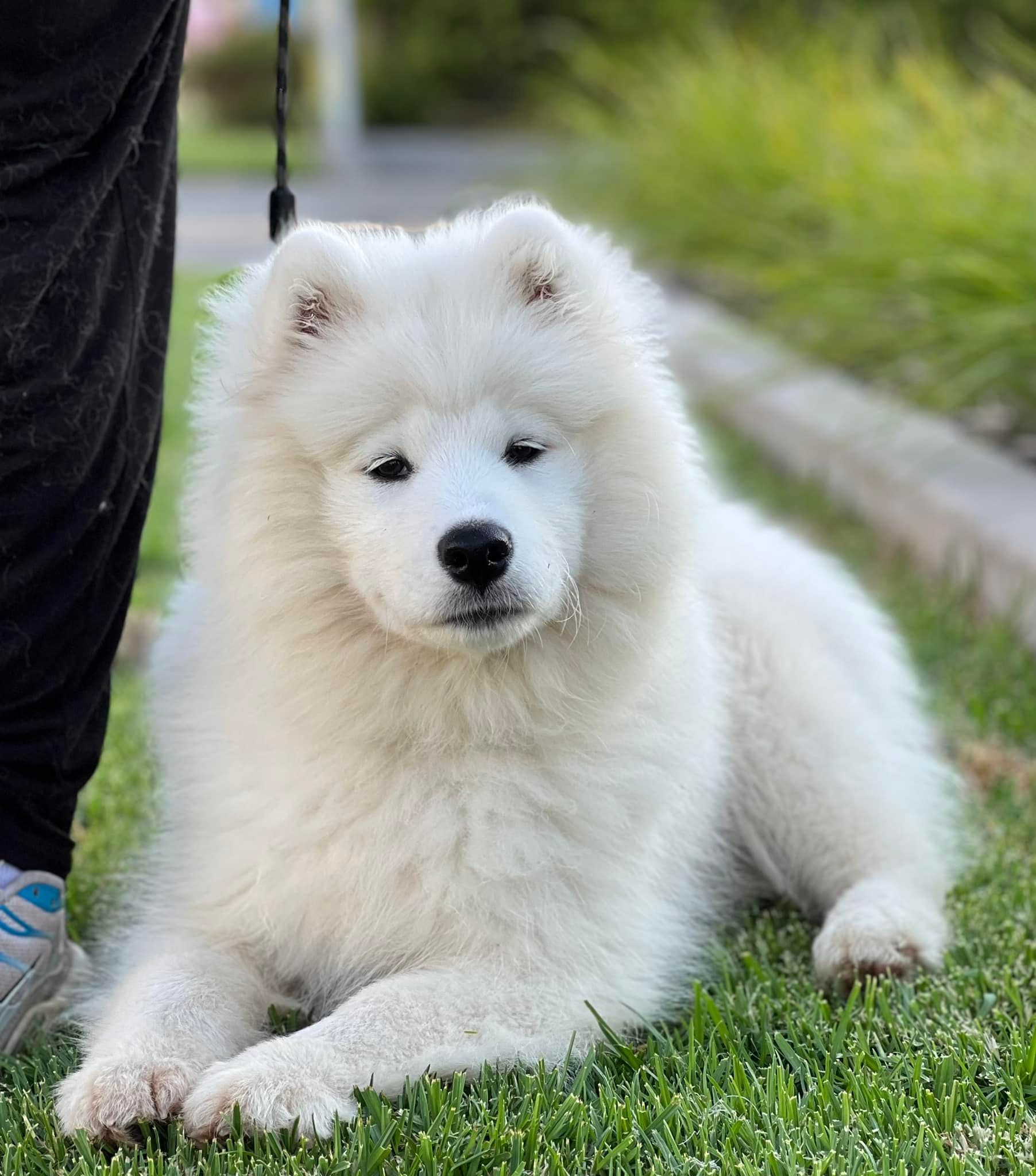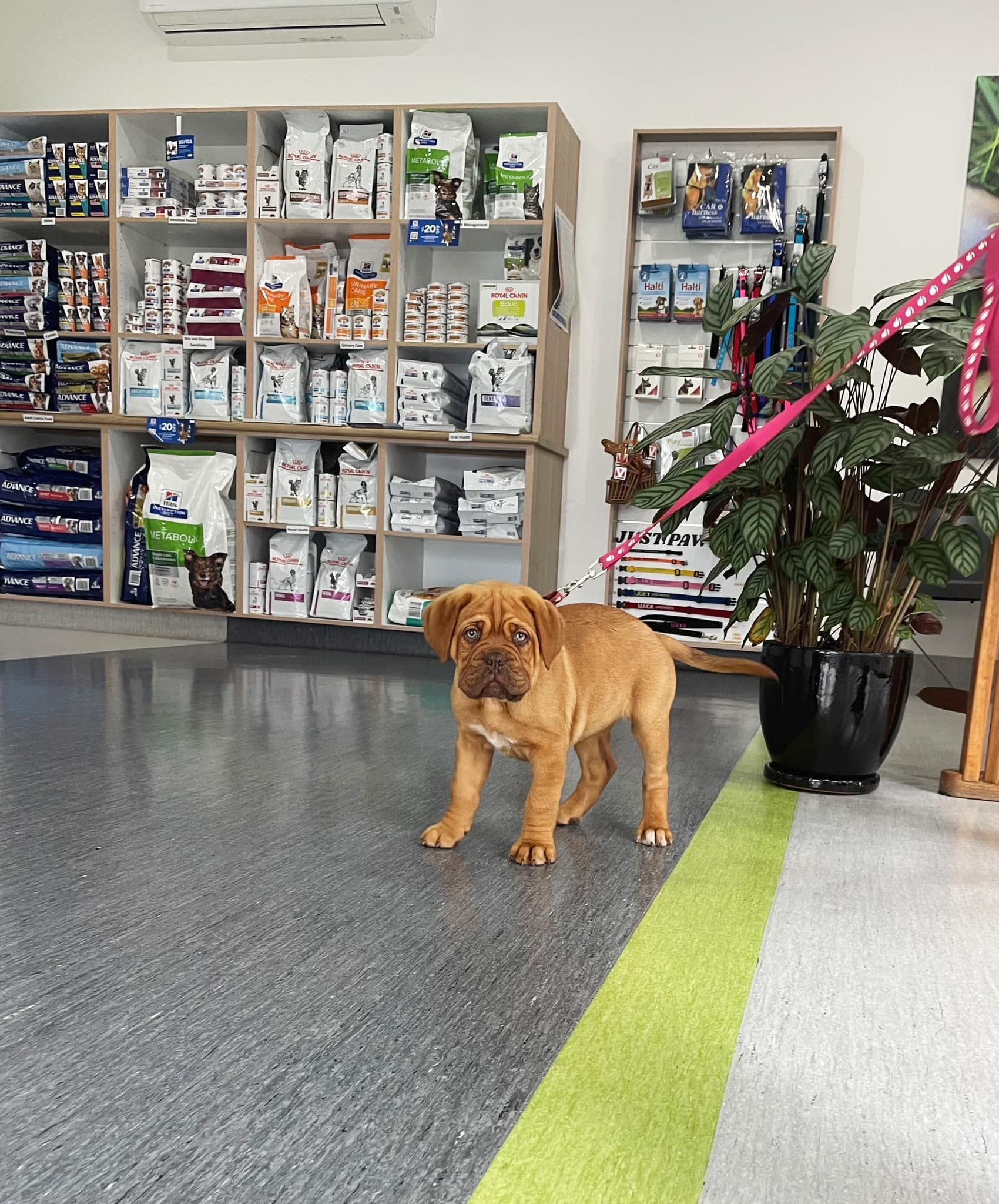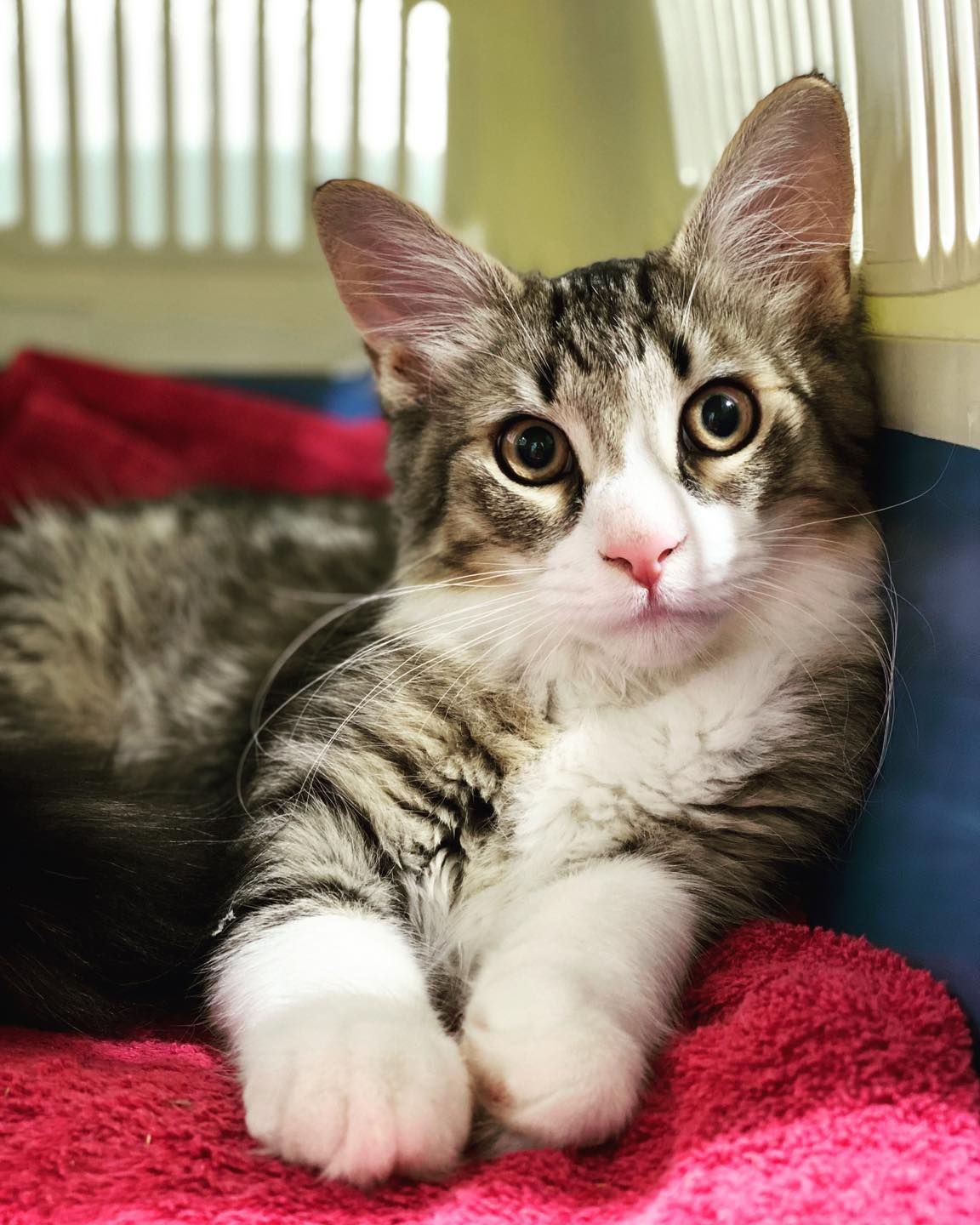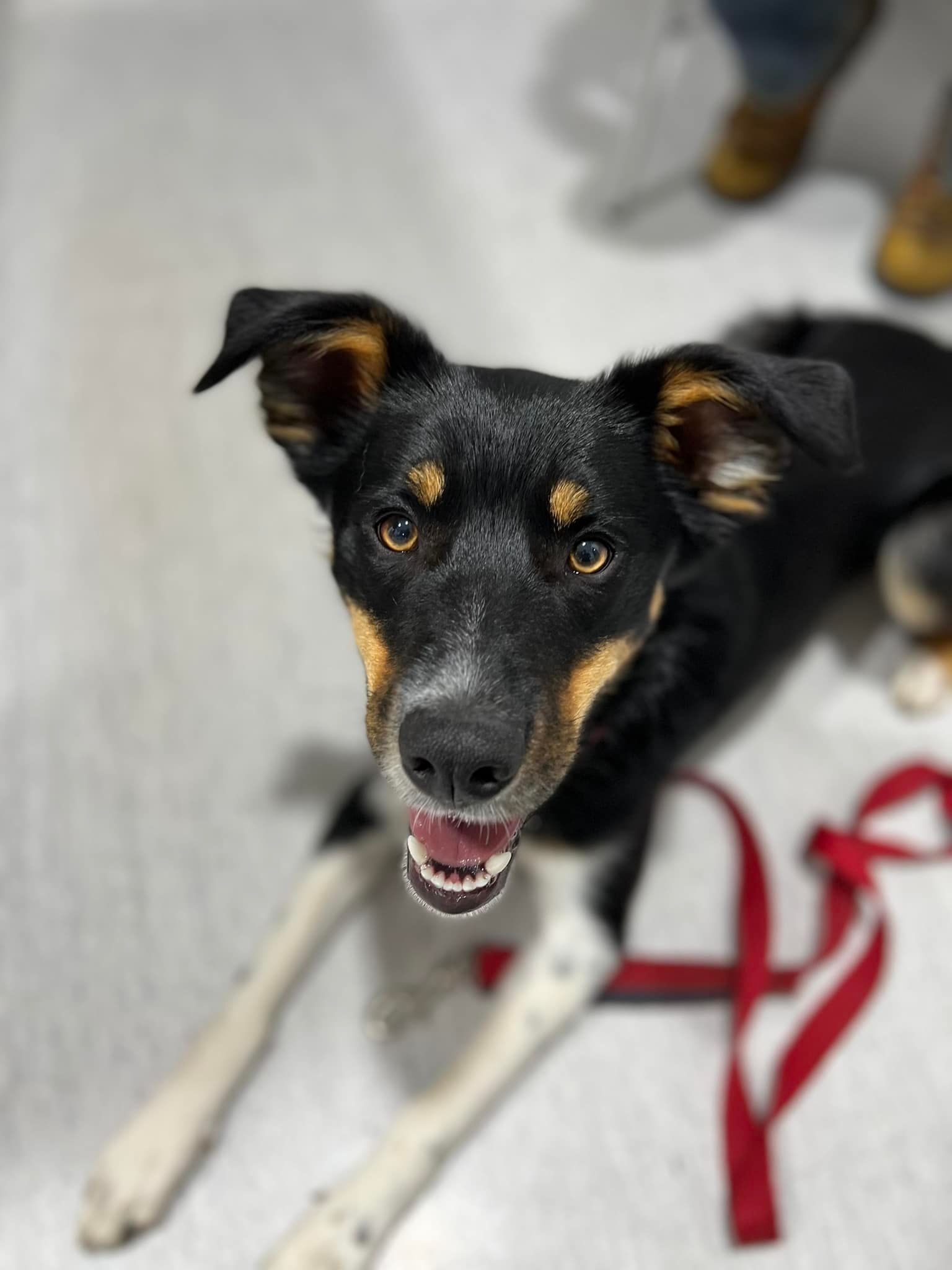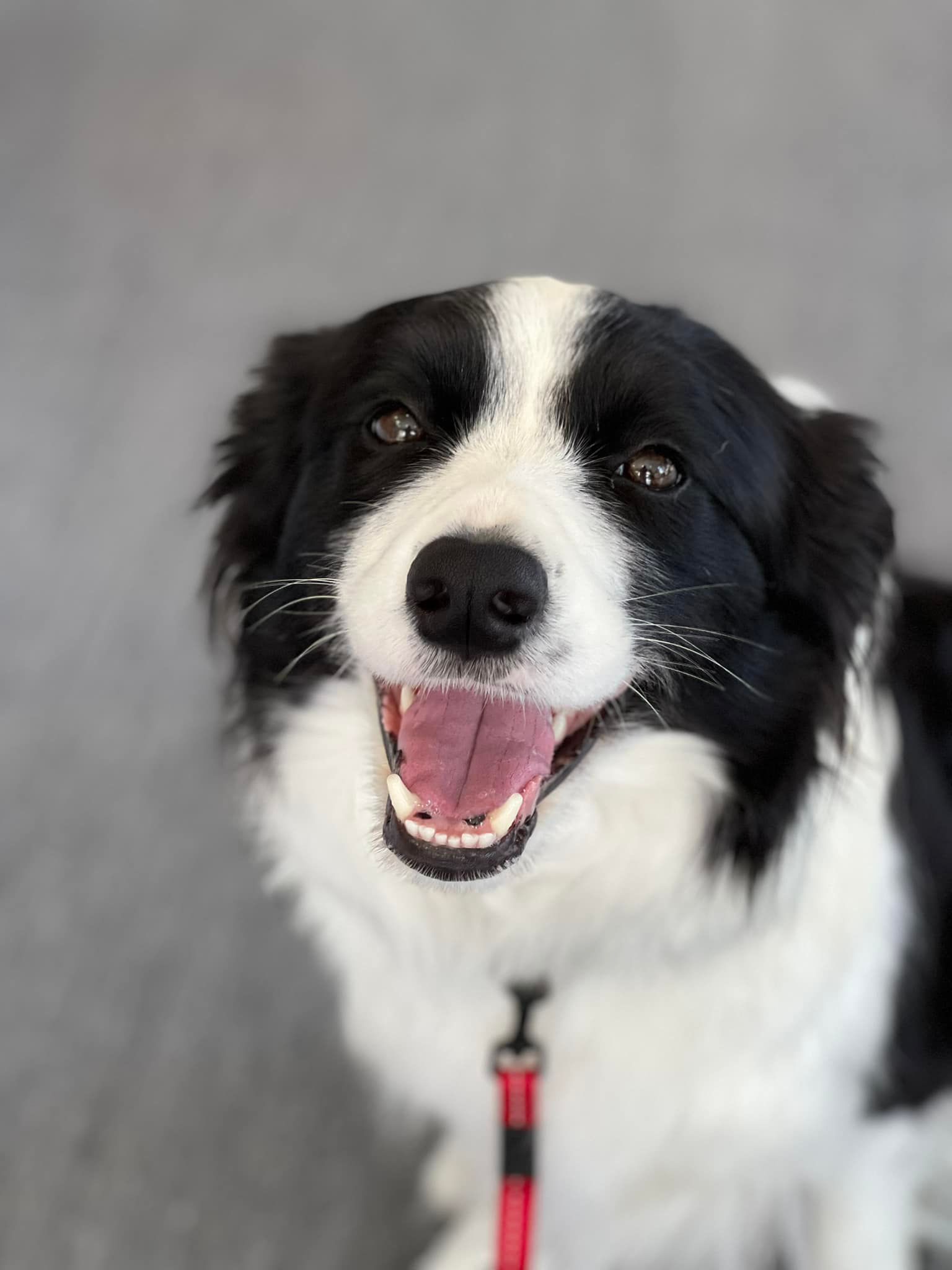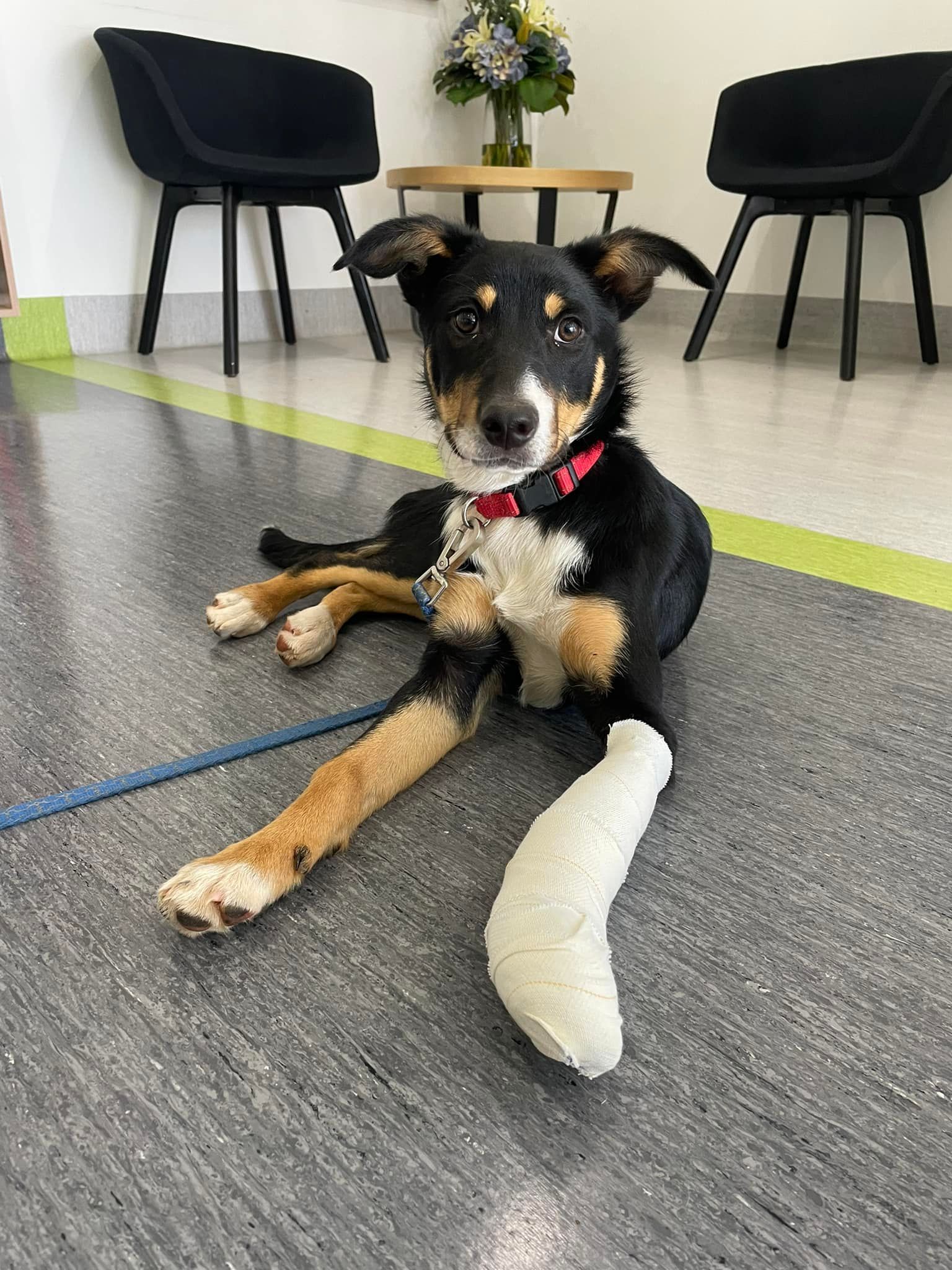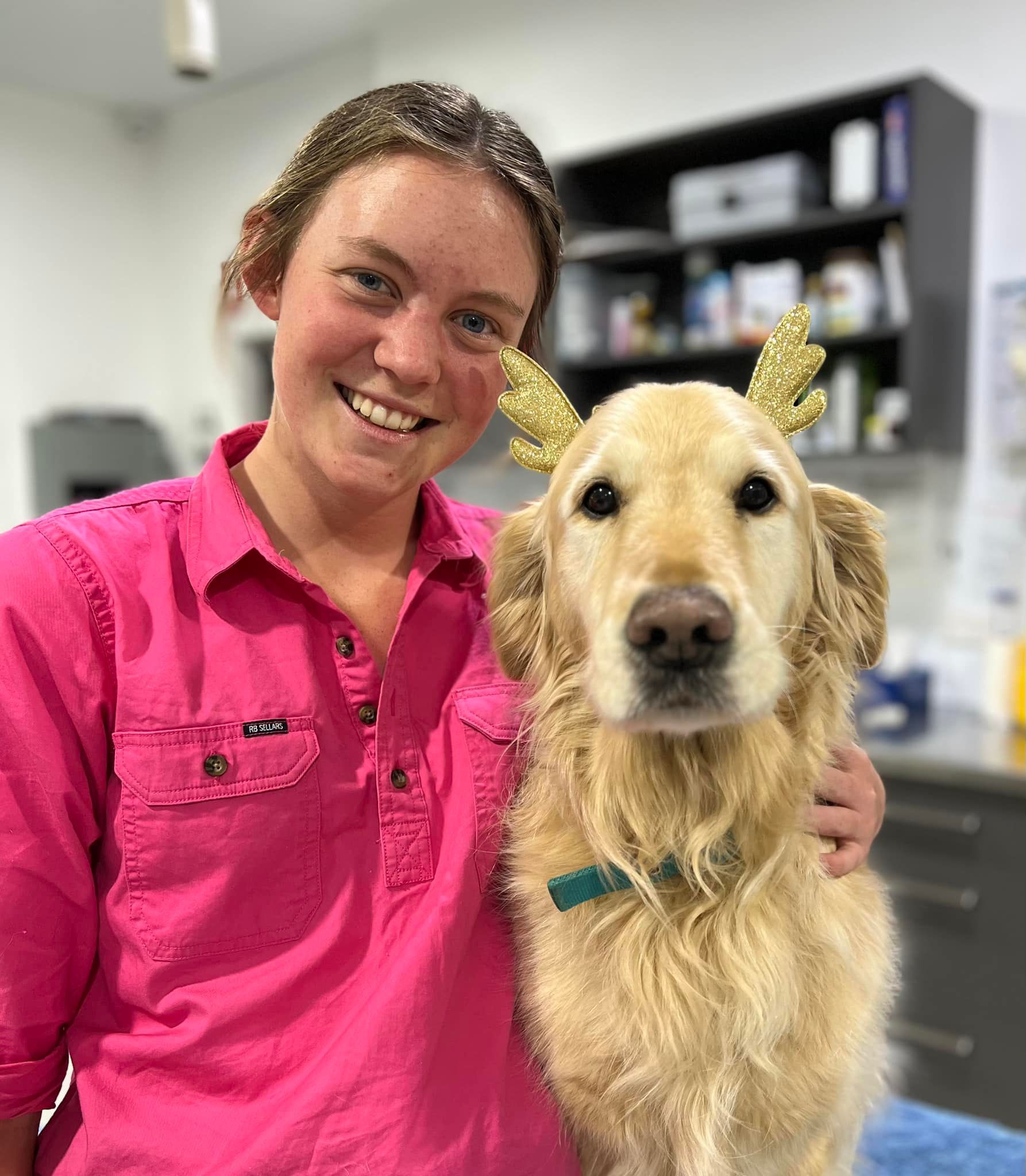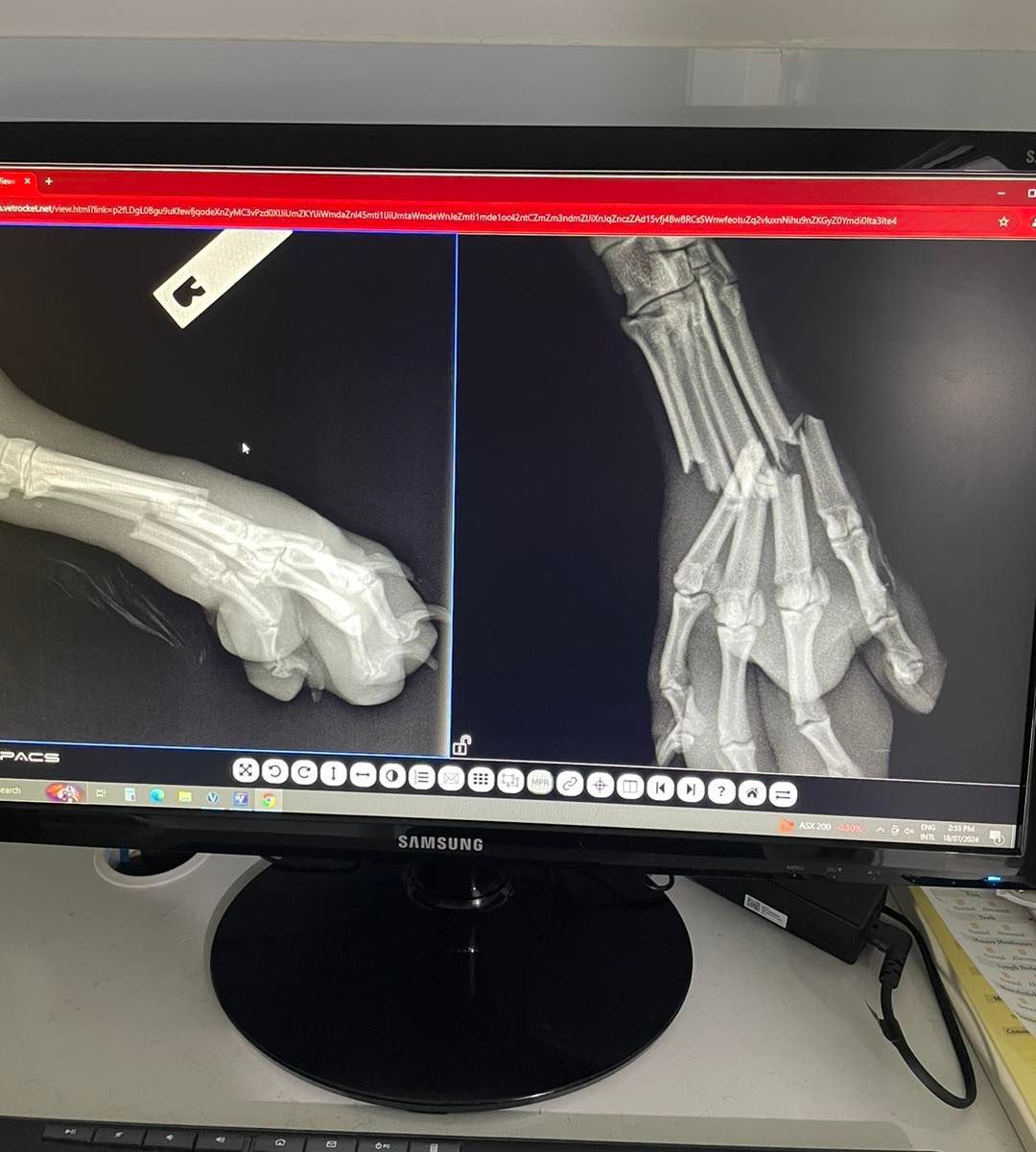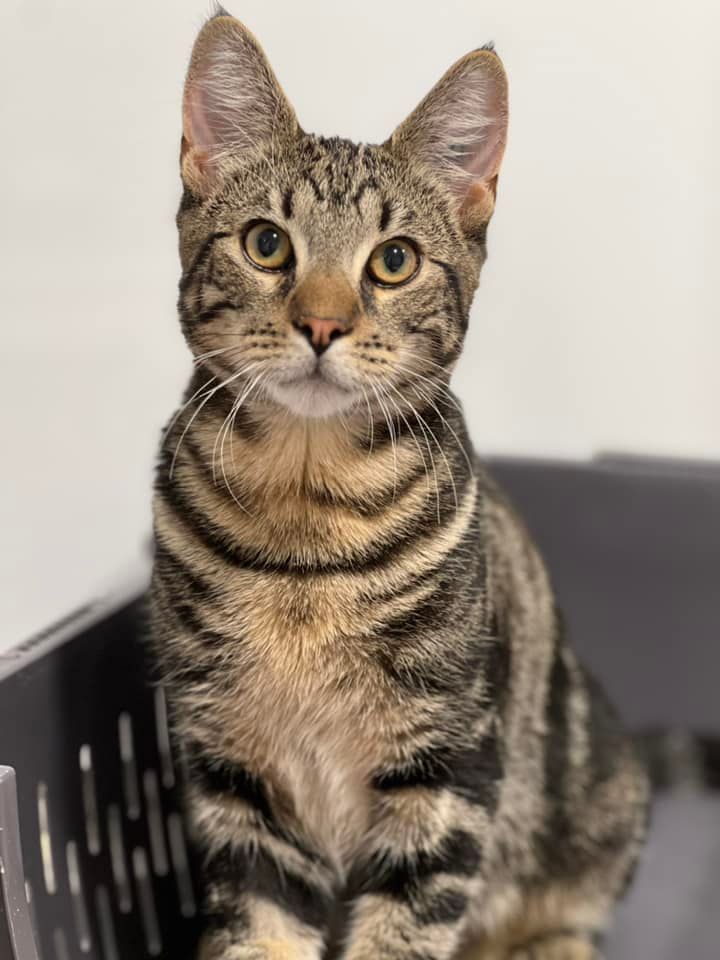Healthcare
We like to break down the health care for your pet into three categories, as outlined on this page: health care, surgery & diagnostics. General health care refers to preventative health care such as pet consultations, dog & cat vaccinations, microchipping, flea control, worming control and pet food and nutrition.
Consultations
A consultation is the starting point if your pet has a problem of any sort or if you just want a general veterinary health check. One of our veterinarians will discuss the reason for your visit with you and then give your pet a complete and thorough physical examination, focusing on any areas of concern that you may have. Our standard physical examination includes eyes, ears, teeth and gums, lymph nodes, skin and coat, heart, lungs, abdomen, joints, feet and nails and rectal temperature. If we find any abnormalities, we use special instruments to investigate them further (e.g., looking down dirty ears). We may recommend further testing (such as blood tests or X-rays) to help us get to the bottom of the problem. Or we might suggest possible treatment options such as hospitalisation (e.g. if your pet has been vomiting), medication (e.g., if your cat has a cold) or surgery (e.g., for a suspicious skin lump). We operate by appointment 5 ½ days per week. We are available for after-hours consultations for any emergencies that may arise after our regular hours.
Vaccinations
Animal vaccinations have made a huge difference in controlling infectious disease in many species (including humans!). Diseases that not long ago were widespread and often fatal have become much less common due to regular vaccination against these diseases. It is important that your pets receive regular vaccination to maintain their immunity against these serious diseases.
Vaccinations for Dogs
Vaccinations are one of the easiest ways to protect your dog from serious and often fatal diseases. Regular boosters ensure their immunity stays strong throughout life.
- Core Vaccines (C3): The C3 vaccine protects against parvovirus, distemper, and hepatitis. These diseases spread easily, cause severe illness, and can be deadly, especially in young puppies.
- Extended Vaccines (C5 & C7): The C5 vaccine adds protection against canine cough (kennel cough), a highly contagious condition that causes a persistent, harsh cough. The C7 vaccine provides further cover against coronavirus (vomiting and diarrhoea) and leptospirosis, a rat-borne disease that can damage the kidneys and also infect humans.
- Puppy & Adult Schedule: Puppies need a course of three vaccinations at 6–8 weeks, 10–12 weeks, and 14–16 weeks. Adult dogs then require yearly boosters and health checks to maintain protection. Regular vaccination is the best way to keep your dog safe and healthy.
Feline Vaccinations
- The standard cat vaccine (“F3”) protects against feline herpes virus, feline calicivirus and feline panleucopenia virus (the feline equivalent of canine parvovirus).
- Feline herpes virus and feline calicivirus are the causative agents behind “cat flu”, which is characterised by sneezing, coughing and runny eyes. It is rarely fatal (except in young kittens), but once a cat has had cat flu, they are at risk of coming down with the flu again any time that they get stressed. They will also spread the disease to other cats.
- Feline panleucopenia virus (also known as feline enteritis) affects several body systems, especially the bone marrow and lining of the intestines. It causes severe vomiting and diarrhoea, often with blood. It is very contagious and has a high mortality rate.
- Kittens are initially protected against many diseases by the antibodies in their mother’s milk, but these maternal antibodies decline over time. When these antibodies are at high levels, they will actually neutralise the vaccines, so we need to give kittens a series (of two or preferably three) vaccinations to make sure their immunity levels reach the right levels. We recommend that these vaccinations be done at 6-8 weeks, 10-12 weeks and 14-16 weeks of age.
- Adult cats need an annual health check and booster vaccination to maintain their immunity levels.
- Cats can also be vaccinated against feline AIDS (feline immunodeficiency virus or FIV). Similar to human AIDS, FIV is a long-term disease caused by suppression of the immune system, so the cat is no longer able to fight off infections. FIV is NOT transmissible from cats to humans.
- If your cat is an outdoor cat or one who gets into fights, they are at increased risk of contracting FIV. FIV vaccination involves an initial course of three vaccinations done 2-4 weeks apart, followed by an annual booster, which can be done at the same time as the standard F3 vaccination.
Microchipping
A microchip is about the size of a grain of rice and is injected under your pet’s skin between the shoulder blades. Microchipping can be done during a normal consultation. Each microchip has an individual number which is assigned to your pet. The pet owner’s contact details are kept on a national computer database (animal registry). When a lost pet gets brought into a veterinary clinic or animal shelter, a microchip scanner can reveal this individual number. The vet or animal shelter can then refer to the database to contact the owner so that the lost pet and its owner can be reunited. It is crucial that owners keep their contact information up to date with the animal registry – if pets have been rehomed or owners have moved and the contact details have not been updated, the lost pet and its owner will unfortunately not be able to be reunited. By law in NSW, all dogs and cats must be permanently identified (by a microchip) by the age of 12 weeks or when sold or given away, whichever happens first. They must be lifetime registered (with the local council) by the age of 6 months. There is an exemption from microchipping and registering for working dogs. Working dogs are defined as dogs used for droving, tending, working or protecting stock that live on farm land. Hunting dogs and guard dogs are not working dogs under this legislation.
Flea & Worm Control
Protecting your pets from parasites is vital for their health and comfort. The main threats are fleas, intestinal worms, and heartworm, all of which can cause serious illness if left untreated.
- Fleas are the most common parasite, causing irritation, scratching, and sometimes Flea Allergy Dermatitis. While you may not always see adult fleas, 95% of the flea population lives in the environment as eggs, larvae, or pupae. Flea collars or shampoos only kill adults temporarily, so effective control requires monthly treatments such as spot-ons or tablets, combined with regular cleaning of bedding. All pets in the household should be treated.
- Intestinal worms (hookworm, roundworm, whipworm, tapeworm) are especially dangerous for puppies and kittens, leading to weight loss, vomiting, diarrhoea, and even death. Worming should begin at two weeks of age and continue regularly for life. Good hygiene, picking up pet faeces, and flea prevention help reduce the risk of reinfection.
- Heartworm is spread by mosquitoes and can block the heart and blood vessels, causing coughing, lethargy, heart failure, or death. It is easily prevented with monthly tablets, chews, spot-ons, or an annual injection for dogs. Pets not on prevention may need a test before starting treatment.
Pharmacy
Our in-house pharmacy means we can immediately dispense most prescribed medications for your pet. We stock a wide range of medications for pets, including antibiotics for pets, anti-inflammatories, reproductive drugs, heart medications and seizure medications. Special medications can be ordered, usually with next-day delivery.
Pet Food
We stock an extensive range of food for your pet – including canned pet food and dry pet food. These include diets specifically for younger animals or for older animals or for overweight animals. We also have a range of special prescription diets for pets with dental problems, kidney disease, urinary problems or arthritis. There are even special diets for pets with sensitive stomachs or sensitive skin.
Surgical Services
As with humans, surgery can always be challenging, but we are proud to say that we offer a wide range of veterinary surgery options at Cowra Vet Centre to provide you with the best veterinary care in the Cowra area. These include dog and cat desexing, dental work, soft tissue surgery, eye surgery and orthopaedic surgery.
Desexing
Desexing (or neutering) is the most common surgery performed on pets. It involves operating on the animal’s reproductive tract to prevent them from being able to reproduce. In male pets, the surgery is known as “castration”, and in female pets, it is referred to as “spaying”. We recommend desexing your pet at around 6 months of age. If your pet is older than this, they can still be desexed, but the surgery can be more involved and extensive. We strongly recommend that all pets are desexed for many reasons. They include:
- Prevention of potentially fatal disease – in particular, testicular cancer and prostate disease in males, and pyometra (infection of the uterus) and mammary tumours (breast cancer) in females
- Reducing the number of unwanted litters and stray or dumped animals
- No more “heat” cycles in females, which means no messy discharge and no unwanted male visitors when your female is in season
- Reduced aggression towards people and other animals (especially males)
- Reducing the urge to wander (especially males), which reduces the chances of being hit by cars or getting lost
- Cheaper council registration fees
Desexing FAQs
Won’t desexing change my pet’s personality?
Not really. Your pet may become slightly calmer (as they won’t get worked up about being on heat or chasing after females on heat, etc.), but really their personality will be just the same.
Shouldn’t my female have at least one litter or heat before she is desexed?
No – her risk of developing mammary tumours is increased if she goes through her first heat or has a litter before she is desexed. The risk increases the longer the female is left entire, so it is never too late to get an animal desexed.
Won’t my pet become fat after being desexed?
No – there is no more reason why a desexed pet should put on weight any more than a pet that hasn’t been desexed. It all comes down to how much exercise they get and how much they are fed.
Isn’t desexing painful?
Desexing involves invasive surgery, so there will be some pain associated with the surgery, as with any surgery. Most pets recover very quickly – often too quickly – so the problem is usually more trying to keep them quiet and rested during recovery rather than managing pain.
What to do before surgery?
- Please ring and make a booking to get your pet desexed.
- Please do not feed your pet after 8pm the night before the operation, and do not leave food out overnight. You can leave water out overnight, but please take it away when you get up on the morning of the surgery.
- One of our vets will give your pet a thorough physical examination before we administer any anaesthetic.
- Some pets (especially older or sick pets) may require intravenous fluid support during surgery. Intravenous fluids help to maintain blood pressure, which drops during anaesthesia; they also help to flush the anaesthetic agent out of your pet’s body, which helps with a quick and smooth recovery. If your pet requires intravenous fluids, it will be discussed with you prior to the operation.
What to do after surgery?
- Please keep your pet confined and quiet, as it can take some time for the effects of the anaesthetic to wear off completely. Keeping your pet nice and quiet also gives the wound time to heal.
- Your pet may not want to eat a full meal, so only give them a small portion of food and water on the night after surgery. Their appetite should be back to normal within a day or two.
- Please check the surgical incision and sutures at least once or twice daily for any signs of infection or inflammation (e.g., bleeding, swelling, redness or discharge). Make sure your pet is not licking or chewing the wound. Contact the vet immediately if you see any of these signs.
- We will tell you when to come back for any routine post-operative check-ups and removal of stitches.
Dental
Dental disease in our pets is similar to dental disease in humans – it starts with a buildup of bacteria in the mouth. The bacteria combine with saliva and food particles to form plaque on the teeth. If this plaque is not removed with regular brushing or chewing, it goes on to form calculus (or tartar), which can be seen as yellow-brown staining near the gum line. The calculus provides a great breeding ground for bacteria which invade under the gum line, causing gum disease (gingivitis). Warning signs of unhealthy teeth can include:
- Bad breath
- Excessive drooling
- Red and swollen gums
- Yellow-brown discolouration near the gum line
- Pain or bleeding when eating
- Decreased appetite
- Difficulty eating
- Loose or missing teeth
If your pet is showing any of these signs, it may mean they have dental disease, which can lead to dangerous infections. If left untreated, the bacterial infection can destroy the bony tooth roots (causing the teeth to fall out) and get into the bloodstream, which can affect important internal organs such as the heart and kidneys. Due to improvements in diets and veterinary care, our pets are living longer. This means their teeth need to last longer, too, as (like us) they only get one set of teeth to last a lifetime. So again, like us, regular oral care and checkups are important for your pet.
Dental problems in animals may be caused by poor oral hygiene, unsuitable food, breed factors (the same number of teeth squashed into a shorter snout) and the age of your pet. Some of the ways to prevent teeth problems include brushing your pet’s teeth, giving chew toys or raw bones and regular dental checkups. Dental checkups are included in your pet’s annual health check and vaccination, but if your pet hasn’t had an annual health check in a while or is showing any of the signs discussed above, please make an appointment for a dental check. We can help you work out the best options for your pet. Some cases of dental disease in pets can be managed by changing the diet, but others may require professional cleaning of the plaque and calculus. We do this cleaning under general anaesthetic, as we have to clean the plaque both above and below the gum line to prevent further gum disease. The teeth cleaning we do is the same as at your dentist – cleaning, ultrasonic scaling and polishing so your pet will have that fresh mouth feel (and smell)! If the dental disease has affected the tooth roots, we may need to extract some teeth, and your pet may also need antibiotics.
Soft Tissue Surgery
Soft tissue surgery on animals includes any surgery that is not related to bones (this is called orthopaedic surgery). Soft tissue surgery can include procedures such as lump removals, exploratory laparotomies, caesareans, wound stitch-ups, hernia repairs and many more. Our most common soft tissue surgery for pets is the removal of lumps. While most lumps are benign (not harmful), a small number are more serious (malignant or cancerous). We may recommend a biopsy prior to removal of the lump in order to help understand whether the lump is cancerous or not, as this will determine how extensive the surgery needs to be. We may recommend that the removed lump be sent to an external laboratory for analysis, as the chances of a good outcome are maximised when the surgery is done early and when we have an accurate idea of what sort of lump we are dealing with.
Soft Tissue Surgery FAQ
What to do before surgery?
Please do not feed your pet after 8pm the night before the operation, and do not leave food out overnight. You can leave water out overnight, but please take it away when you get up on the morning of the surgery. One of our vets will give your pet a thorough physical examination before we administer any anaesthetic. Some pets (especially older or sick pets) may require intravenous fluid support during surgery. Intravenous fluids help to maintain blood pressure, which drops during anaesthesia; they also help to flush the anaesthetic agent out of your pet’s body, which helps with a quick and smooth recovery. If your pet requires intravenous fluids, it will be discussed with you prior to the operation.
What to do after surgery?
Please keep your pet confined and quiet, as it can take some time for the effects of the anaesthetic to wear off completely. Keeping your pet nice and quiet also gives the wound time to heal. Your pet may not want to eat a full meal, so only give them a small portion of food and water on the night after surgery. Their appetite should be back to normal within a day or two. Please check the surgical incision and sutures at least once or twice daily for any signs of infection or inflammation (e.g., bleeding, swelling, redness or discharge). Make sure your pet is not licking or chewing the wound. Contact the vet immediately if you see any of these signs. We will tell you when to come back for any routine post-operative check-ups and removal of stitches.
Eye Surgery
Ophthalmology involves anything to do with the examination and treatment of an animal’s eyes. Common problems with pets’ eyes can include corneal ulcers, grass seeds caught behind the eyelids and conjunctivitis (eye infection). Our veterinarians use a special dye called fluorescein (it glows a green/yellow colour) to identify damage to the cornea (the clear layer at the front of the eye). They may use local anaesthetic drops to numb your pet’s eye to allow them to pick up and examine the eyelids. If you believe your pet has any sort of eye problem, contact the vet immediately. Eye problems can be extremely painful, and like us, your pet only has one set of eyes, and damage can happen quickly. Conditions that are easily treated if caught quickly can cause irreversible damage (such as blindness) if not treated promptly. Many eye conditions can be treated medically with eye ointments and drops; however, some specific conditions may require surgery. Cowra Veterinary Centre has the expertise and specialist equipment necessary to perform the following eye surgeries:
- Cherry eye surgery to correct a protruding third eyelid (usually happens in young dogs)
- Entropion surgery to prevent damage to the eye from eyelashes or eyelids that point inwards
- Enucleation (removal) of the eye for cases of severe trauma or glaucoma
- Removal of eyelid tumours
Our veterinarians can also refer your pet to a specialist veterinary ophthalmologist for any more specialised procedures such as eye ultrasound, vision testing or cataract removal.
Orthopaedic Surgery
Orthopaedic surgery on animals includes any surgery that is related to bones or joints. The most common procedures involved are fracture repairs and ligament repairs. Our orthopaedic services begin with a thorough assessment of your pet’s problem (including X-rays if required). Our veterinarians will then discuss with you the treatment options for your pet’s condition. Cowra Veterinary Centre has the expertise and specialist equipment necessary to perform the following orthopaedic surgeries:
- Cranial cruciate ligament repair
- Luxating patella repair
- Amputations for severe injuries
- Fracture repair
More complicated orthopaedic cases, such as pinning or plating fractures or spinal surgery, will need to be referred to a specialist veterinary orthopaedic surgeon in order for your pet to receive the best possible veterinary orthopaedic care.
Diagnostics
Diagnostics is the science of understanding what is happening with your pet or animal from the inside. In short, we diagnose the issues based on the results found from a range of tests performed using our diagnostic equipment, such as x-rays, ultrasounds and pathology.
X-Rays
One of the most common diagnostic tools we use in veterinary clinics is radiographs (or X-rays). Cowra Veterinary Centre is fully equipped to take and immediately process radiographs of your pet. Radiographs are particularly useful for diagnosing problems in animal bones, the chest (heart/lungs) and abdomen. After our veterinarians have discussed your pet’s condition and fully examined your pet, they will advise you whether radiographs are required.
X-Ray FAQs
What are radiographs?
A radiograph is very similar to a photo, except that X-rays instead of light rays are used to capture the image. X-rays penetrate dense tissue (such as bone) less than they penetrate soft tissue (such as lungs). So these different tissues show up as different shades of white/grey/black on a radiograph. Bone absorbs the most X-rays, so it shows up as white on a radiograph, while soft tissue (such as liver or intestines) will appear as shades of grey. Air shows up as black on a radiograph, so lungs should appear black, assuming they are full of air. We will show you your pet’s radiographs and explain our findings when your pet goes home.
What happens when my pet is booked in for a radiograph?
Most of our patients are admitted into hospital for the day to have radiographs taken, except for emergencies, where we will admit them immediately. Please bring your pet in without being fed on the morning of their appointment, as they may need to be sedated or anaesthetised to allow us to take the best quality radiographs possible. After the radiographs have been taken and your pet is ready to go home, one of our veterinarians will show you the radiographs and discuss our findings and treatment plan.
Will my pet need to be sedated or anaesthetised to have radiographs taken?
To get an accurate diagnosis of your pet’s condition, we need high-quality radiographs. To get these radiographs, it may be necessary to give your pet sedation or anaesthesia, as most pets will (understandably) not lie still enough in the correct position while we take the radiograph. This is especially true if your pet’s condition is painful (e.g., fractures).Sedation and anaesthesia also mean we can minimise the number of radiographs we have to take, which is safer for your pet and for our veterinary staff.
Ultrasounds
Another common diagnostic tool used in veterinary clinics is ultrasonography (ultrasound). Cowra Veterinary Centre is fully equipped with an ultrasound scanner to assist us with evaluating your pet’s condition if required. Ultrasound scans are particularly useful tools for diagnosing diseases in animals involving soft tissues, such as those found in the abdomen. After our veterinarians have discussed your pet’s condition and fully examined your pet, they will advise you whether an ultrasound scan is required.
Ultrasound FAQs
What is an ultrasound scan?
Ultrasound scanning uses high-frequency sound waves to produce images of organs within the body. The sound waves are directed into the body through a probe held against the skin – some waves are absorbed, and some waves bounce back. The waves that bounce back are captured and processed by the ultrasound machine and transformed into an image on the screen. Ultrasound scans are most useful for looking at soft and fluid-filled organs such as the liver, kidney, uterus (especially for pregnancy scans) and urinary bladder. Specialist ultra sonographers can also use ultrasound scans to examine the heart. Hard structures such as bones and air-filled structures such as the lungs are better looked at using radiographs.
What happens when my pet is booked in for an ultrasound scan?
Most of our patients are admitted into hospital for the day to have an ultrasound scan done, except for emergencies where we will admit them and do the scan immediately. Please bring your pet in without being fed on the morning of their appointment, as they may need to be sedated to allow us to do the best scan possible. In order to get the best quality ultrasound image, we will need to shave the area to be scanned, so your pet will look a little different when they go home. Ultrasound exams are not painful, but your pet may feel some minor discomfort from the pressure of the scanner. The procedure is not invasive – a water-soluble gel is applied over the clipped area, and the probe is placed against the pet’s skin to produce the image on our ultrasound screen. After the ultrasound scan has been done and your pet is ready to go home, one of our veterinarians will discuss our findings and the treatment plan.
Pathology
Pet pathology refers to the analysis of samples (of blood, fluid or tissue) in order to evaluate an animal’s health status and assist with or confirm a diagnosis. Common laboratory tests include:
- Haematology – blood counts; used to check whether an animal is anaemic or suffering from an infection
- Biochemistry – blood chemistries; used to check the function of internal organs such as liver and kidney
- Histopathology – microscopic examination of biopsied tissue; used to determine whether a lump is benign or malignant
- Blood clotting times
- Urinalysis – used to check for urinary tract infections and diabetes; also to check kidney function
- Bacterial cultures and sensitivities – used to identify the infectious organism and select the right antibiotic to treat it.
Some of these tests we are able to perform in-house so we can get a rapid diagnosis and begin treatment immediately. Other more specialised tests are sent to an external laboratory, with the results usually sent back overnight. Histopathology and bacterial cultures can take several days to process.
